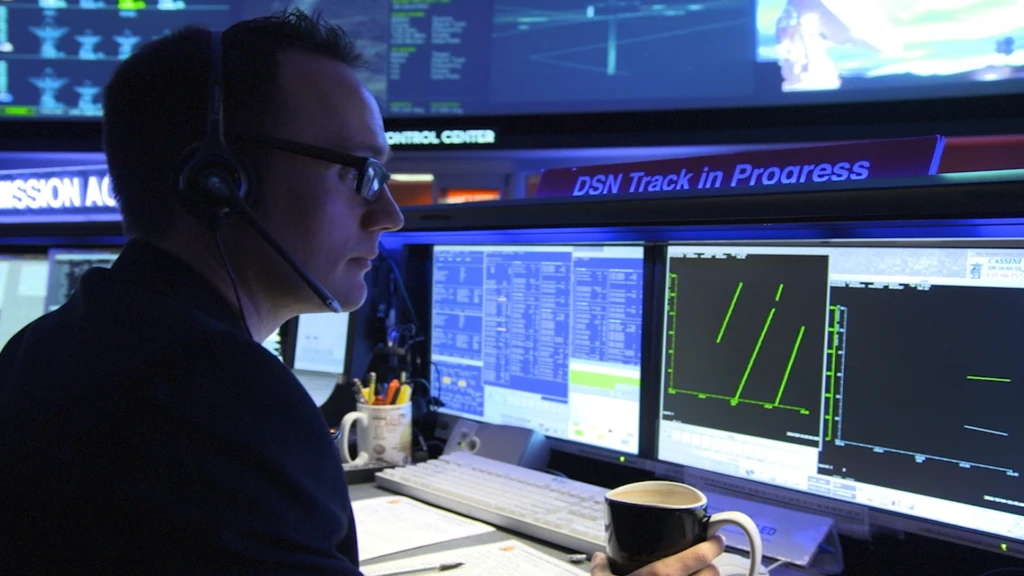Effective 10/13/2023, we’re pleased to share that the Microsoft Quantum Inspired Optimization (QIO) solver is now available on GitHub under the MIT license in collaboration with KPMG. We’re excited for vibrant, community based QIO innovation to continue and generate progress and applications. Access here on GitHub.

As NASA launches more frequent and complex missions into space, managing communications with the growing number of spacecraft is becoming increasingly challenging. NASA’s Jet Propulsion Laboratory (JPL) has turned to Azure Quantum to explore ways to communicate more efficiently with spacecraft exploring our solar system and beyond.
JPL communicates with space missions through the Deep Space Network (DSN), a global network of large radio antennae located in California, Spain, and Australia that allows constant communication with spacecraft as the earth rotates.
Scheduling requests to use the DSN antennae from the space missions come with a large number of constraints and require intensive computing resources. All missions require access for key communication, resulting in several hundred weekly requests when each spacecraft is visible to the antenna. Recent space missions like the Mars 2020 Perseverance Rover and the James Webb Space Telescope also require higher-fidelity data operations that significantly increase the load on the DSN.
Taking a Quantum-inspired approach to scheduling optimization
For highly complex, multivariate problems like this, quantum-inspired optimization algorithms that take learnings and advancements from our key research in quantum technology and implement them in classical algorithms provide a key advantage over traditional optimization algorithms. The Azure Quantum team developed a solution for a version of JPL’s scheduling problem with a limited feature set with the eventual goal to incorporate a broader set of requirements. This is intended to reduce the need for lengthy negotiations and speed up the overall process.
At the beginning of the project, the Microsoft team recorded runtimes of two hours or more to produce a schedule. By applying quantum-inspired optimization algorithms, the Microsoft team used Azure Quantum to reduce the time needed to 16 minutes, and a custom solution reduced it to about two minutes. Schedules that are produced in minutes rather than hours not only allow JPL to create many candidate schedules but also allow the organization to be more agile as missions and demands increase.
While this JPL and NASA deep space network scheduling problem may seem out of this world for most, scheduling is a common challenge across industries. This is a job-shop scheduling problem, in which jobs are assigned to resources as efficiently as possible. These challenges are commonly found in manufacturing supply chains, health care, transportation, and logistics. Learn more about solving these types of problems in our MS Learn module, “Solve a job-shop scheduling optimization problem by using Azure Quantum”.
Learn more
Find out how you can leverage powerful quantum-inspired optimization capabilities with Azure Quantum, the world’s first full-stack, public cloud ecosystem for quantum solutions. Learn more about how the Azure Quantum team works with customers and partners to solve some of the world’s most complex computational challenges.
